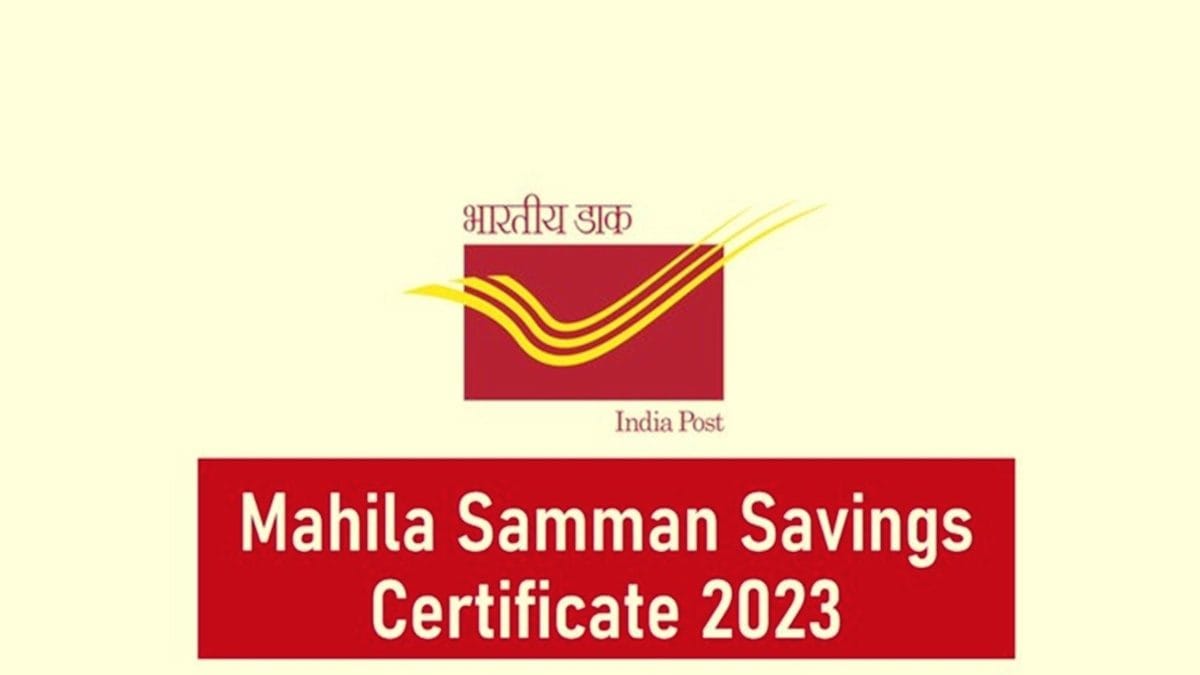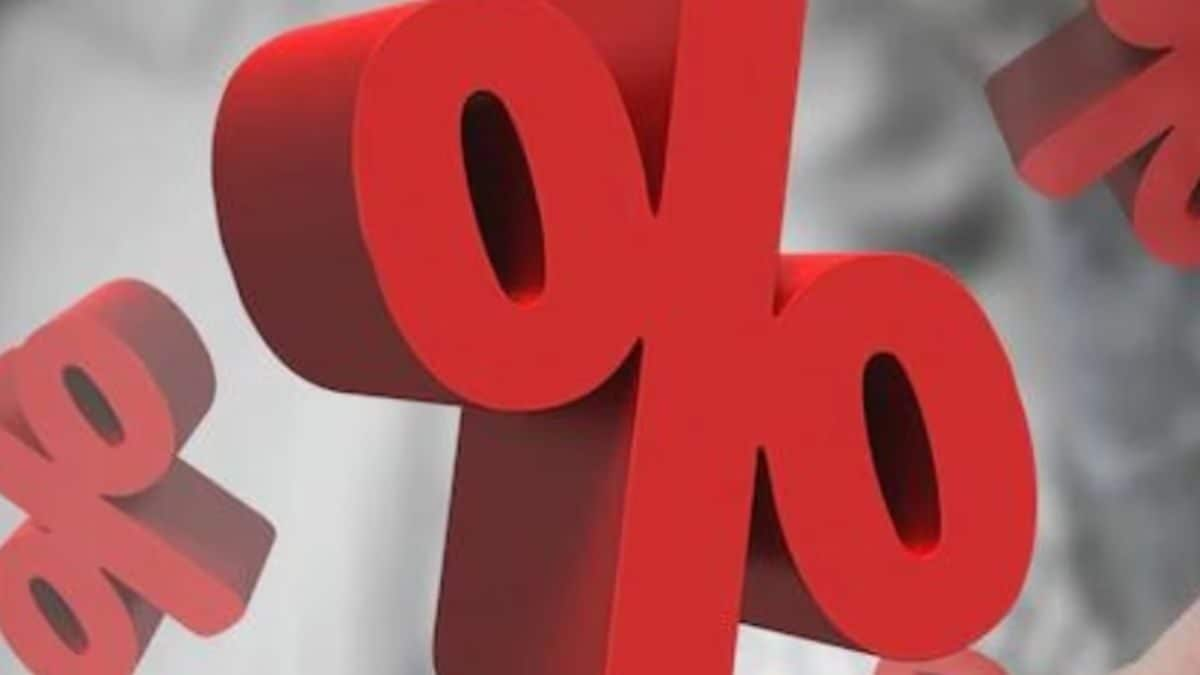[ad_1]
The choice between a fixed and floating interest rate, depends on various factors including your financial situation, risk tolerance, and economic conditions. Before getting into the details of the difference between the two, let’s first understand the basic difference between fixed and floating rate of interest.
Fixed interest rate loans have an interest rate that remains constant throughout the loan tenure. This means that your monthly EMIs will also be fixed. On the other hand, floating interest rate loans have an interest rate that changes periodically, based on a benchmark rate such as the RBI repo rate. This means that your monthly EMIs could go up or down, depending on the movement of the benchmark rate.
Let’s break down each option to understand more:
Fixed Interest Rate:
Stability: With a fixed interest rate, your monthly payments remain consistent throughout the loan tenure. This provides predictability and helps you budget more effectively.
Protection from Rate Increases: If interest rates rise in the market, your fixed rate remains unaffected, offering protection from potential payment increases.
Risk Aversion: If you are risk-averse and prefer to have a stable repayment plan, a fixed rate might be suitable.
Floating (Variable) Interest Rate:
Initial Lower Rates: Floating rates tend to start lower than fixed rates, which can lead to lower initial monthly payments and interest costs.
Potential for Savings: If market interest rates remain stable or decrease over time, you may benefit from lower overall interest costs compared to a fixed rate.
Flexibility: Some floating rate loans offer flexibility in terms of prepayment and partial payments without significant penalties.
Risk of Rate Increases: If market interest rates rise, your monthly payments can increase, potentially making it harder to budget.
When deciding between fixed and floating interest rates, consider the following:
Market Conditions: Research the current and expected future trends of interest rates in India. If rates are expected to rise, a fixed rate might provide stability. If rates are expected to stay stable or decrease, a floating rate might be advantageous.
Risk Tolerance: Evaluate your risk tolerance. Are you comfortable with potential fluctuations in your monthly payments? If you prefer predictability, a fixed rate might be more suitable.
Loan Tenure: Consider the duration of your loan. If it’s a long-term loan, such as a home loan, the impact of rate fluctuations can be more significant. Short-term loans might be less affected by rate changes.
Financial Situation: Assess your current financial situation and future income prospects. If you have room in your budget to handle potential payment increases, a floating rate might be manageable.
Hybrid Options: Some lenders offer hybrid products that combine aspects of fixed and floating rates. These could be worth exploring if you’re looking for a middle ground.
Economic Factors: Keep an eye on economic indicators and central bank (RBI) policies that influence interest rates in India.
Ultimately, the best way to choose between a fixed and floating interest rate is to speak to a financial advisor who can help you assess your individual circumstances and needs. Consult with financial advisors or mortgage professionals who can analyse your specific circumstances and provide personalised recommendations.
Recently, the RBI directed banks to allow individual borrowers paying loans through EMIs to opt for fixed interest rate system or extension of loan tenure, a move aimed at preventing loanees from falling into the trap of negative amortisation, in wake of rising interest rate.
The interest rates have moved northward since May 2022 after the central bank started raising the benchmark lending rate (repo) in a bid to check inflation following the outbreak of the Russia-Ukraine war.
As a result of 250 basis points increase in the repo rate, a large number of borrowers faced negative amortisation, wherein the Equated Monthly Instalment (EMI) works out to be less than the interest obligation, resulting in persistent increase of the principal amount.
RBI said that at the time of sanction of EMI-based floating rate personal loans, banks and NBFCs should take into account the repayment capacity of borrowers to ensure that adequate headroom is available for elongation of tenure and/ or increase in EMI, if interest rate rises.
Home, auto and other personal loans are linked to external benchmark rates, like repo rate.
[ad_2]
Source link




